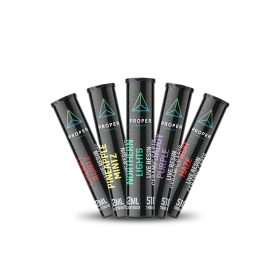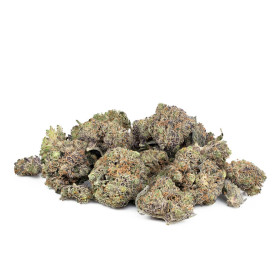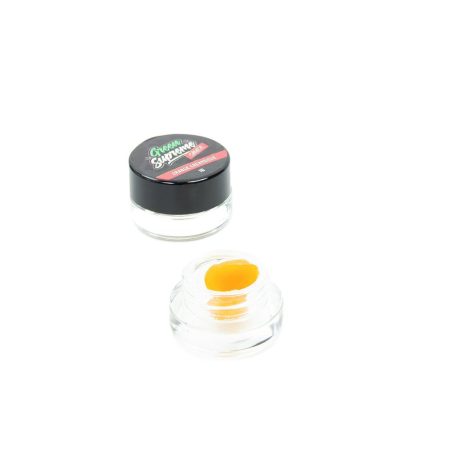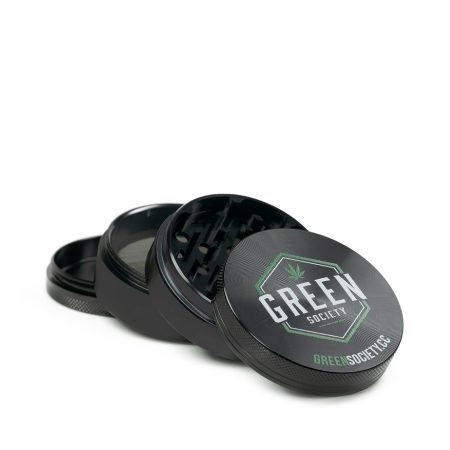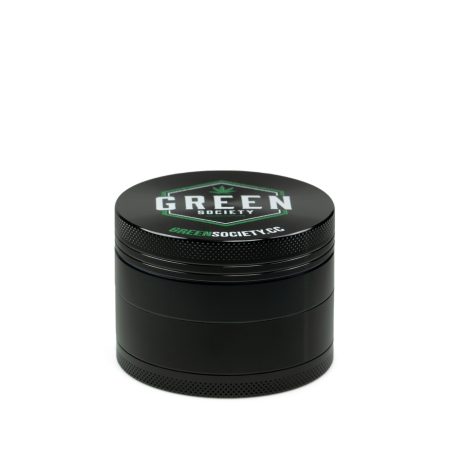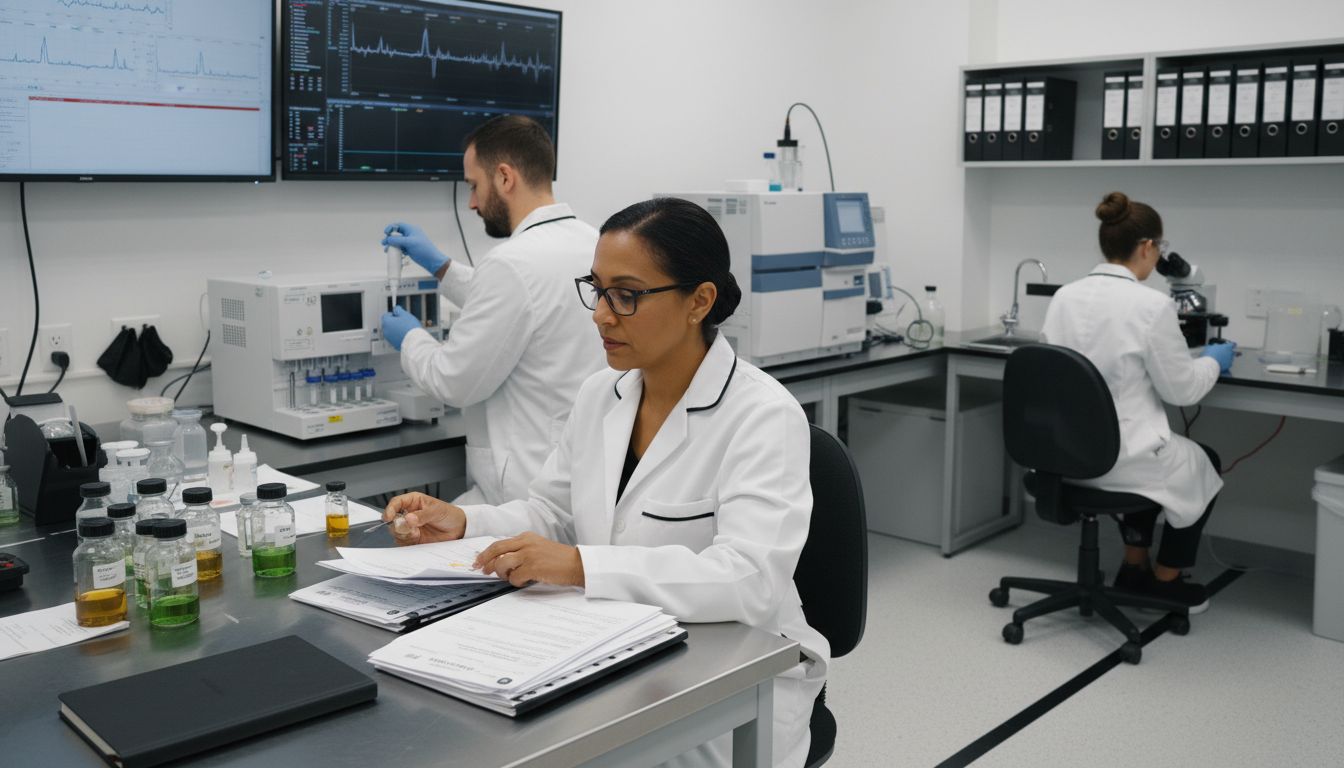Marijuana
Cannabis Quality Assurance: Complete Consumer Guide
Nearly one in four cannabis products fail laboratory safety tests, raising serious questions about what actually ends up on dispensary shelves. As consumer demand and legal oversight continue to grow, quality assurance standards are shaping the future of the cannabis industry. Understanding these protocols is no longer just for producers and regulators. It can help every buyer make safer, more informed choices in a rapidly evolving market.
Table of Contents
- Defining Cannabis Quality Assurance Standards
- Key Methods For Ensuring Product Safety
- Cannabis Testing: Labs, Protocols, Results
- Legal Compliance And Certification Processes
- Consumer Tips For Buying High-Quality Cannabis
Key Takeaways
| Point | Details |
|---|---|
| Comprehensive Quality Assurance is Essential | Ensures consumer safety, product consistency, and regulatory compliance throughout the cannabis production process. |
| Rigorous Testing Standards Must be Implemented | Effective safety protocols include microbial testing, heavy metal screening, and potency verification to ensure product integrity. |
| Transparency Builds Consumer Trust | Detailed Certificates of Analysis provide critical insights about product composition, fostering informed purchasing decisions. |
| Legal Compliance is Ongoing | Cannabis businesses must proactively adapt to evolving regulatory requirements and maintain robust quality management practices. |
Defining Cannabis Quality Assurance Standards
Cannabis quality assurance represents a critical framework designed to ensure consumer safety, product consistency, and regulatory compliance across the cannabis industry. According to ASTM International, comprehensive quality standards encompass multiple stages of production, from cultivation through final product testing and distribution.
The core principles of cannabis quality assurance revolve around establishing rigorous verification protocols that systematically evaluate product characteristics. These protocols typically include detailed assessments of:
- Chemical composition analysis
- Potency verification
- Contaminant screening
- Microbiological testing
- Pesticide residue evaluation
Effective quality assurance goes beyond basic testing. ASTM International emphasizes that global standards must address the entire ecosystem of cannabis production, creating transparent tracking mechanisms that enable consumers and regulators to understand a product’s entire journey. This comprehensive approach helps mitigate risks, prevent potential health hazards, and build consumer trust in an evolving industry.
Key quality assurance standards often require detailed documentation, batch tracking, and consistent laboratory testing protocols. By implementing these robust systems, cannabis producers can demonstrate their commitment to safety, potency, and consumer protection. Traceability becomes paramount, allowing for precise identification of product origins, processing methods, and potential points of contamination.
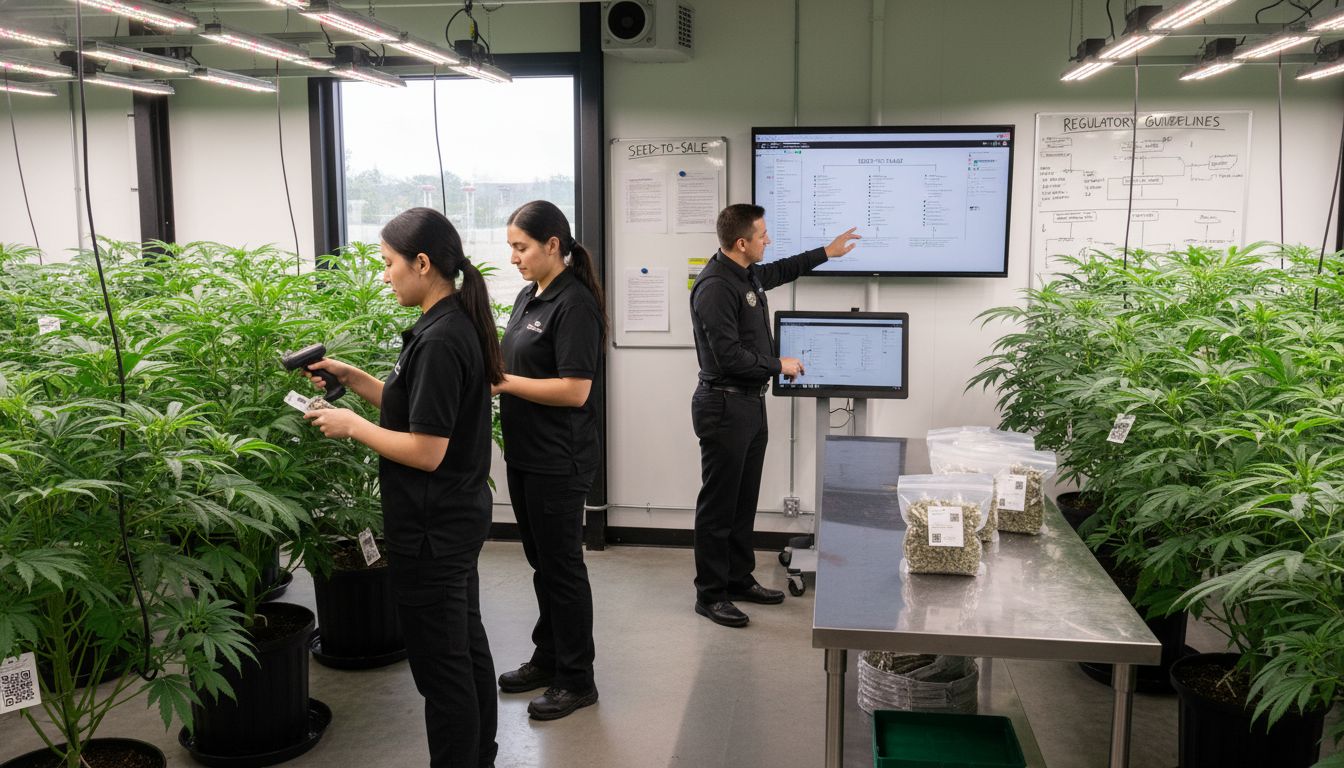
Transparency is the ultimate goal. When cannabis producers voluntarily submit to rigorous quality assurance standards, they signal their dedication to delivering safe, reliable products. Consumers benefit from knowing that their cannabis undergoes multiple layers of scientific scrutiny before reaching the market.
For those seeking deeper insights, our guide on why third-party testing matters provides additional context about the critical role of independent verification in maintaining cannabis product standards.
Key Methods for Ensuring Product Safety
Product safety in the cannabis industry requires a multi-layered approach that combines rigorous testing, regulatory compliance, and comprehensive quality management. According to USP, establishing clear quality attributes is fundamental to mitigating potential health risks associated with cannabis consumption.
Effective safety protocols typically encompass several critical methods:
Here’s a summary of key cannabis product safety testing methods and their purposes:
| Testing Method | Main Purpose | Typical Findings |
|---|---|---|
| Microbial contamination testing | Identify harmful microbes | Bacteria Mould Yeasts |
| Heavy metal screening | Detect toxic metals | Lead Mercury Arsenic |
| Pesticide residue analysis | Uncover pesticide residues | Chemical pesticides Herbicides |
| Cannabinoid potency verification | Confirm active compound levels | THC CBD Other cannabinoids |
| Terpene profile documentation |
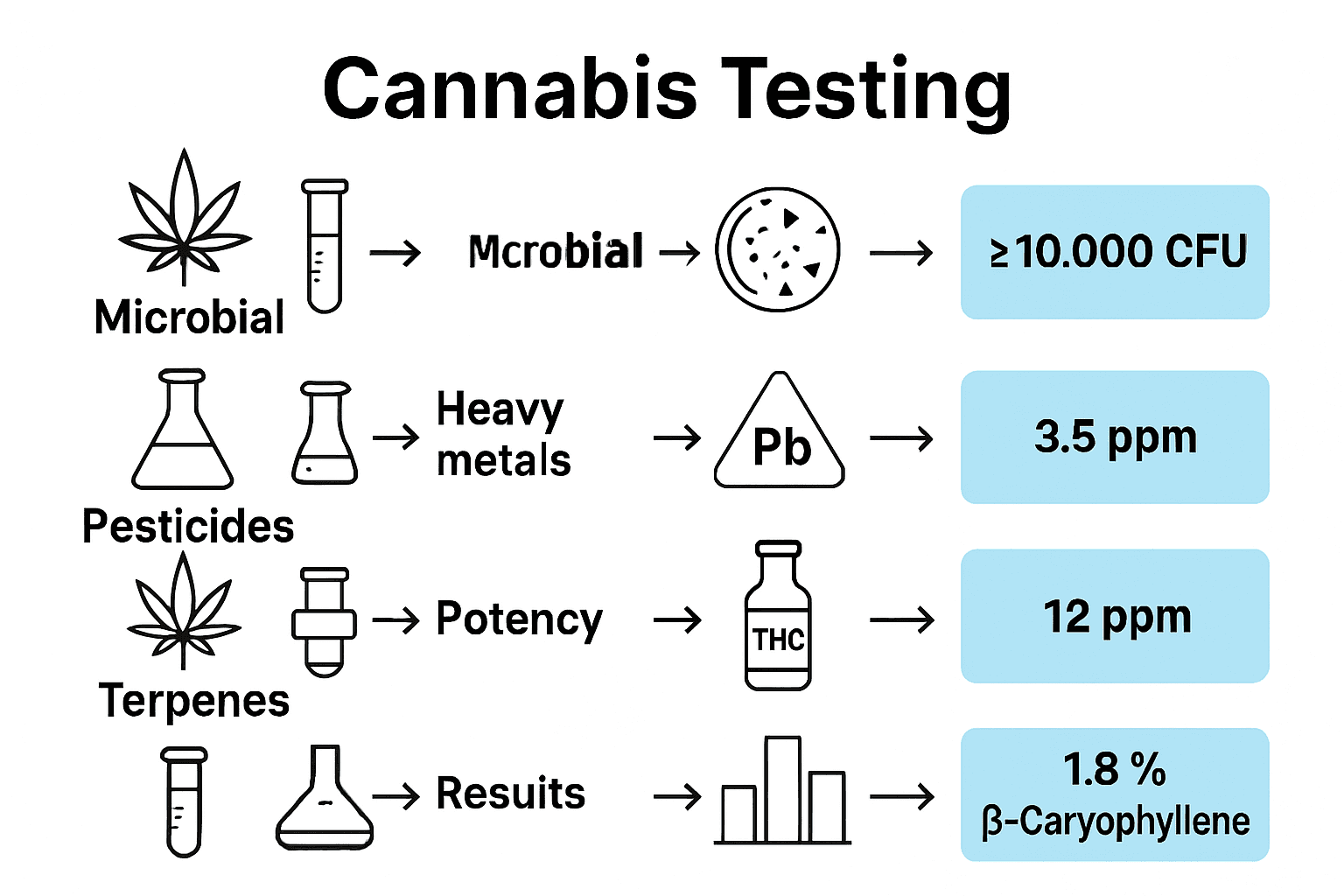 | Characterize aroma & effects| Myrcene
| Characterize aroma & effects| Myrcene
Limonene
Pinene |
- Microbial contamination testing
- Heavy metal screening
- Pesticide residue analysis
- Cannabinoid potency verification
- Terpene profile documentation
Regulatory frameworks play a significant role in standardizing safety protocols. New York’s Office of Cannabis Management mandates Good Manufacturing Practices (GMP) that require producers to implement systematic quality control processes. These practices ensure consistent product standards, minimize contamination risks, and protect consumer health through structured manufacturing guidelines.
Advanced laboratory techniques have become crucial in comprehensive product safety assessments. Comprehensive testing now extends beyond basic chemical analysis to include sophisticated screening methods that detect microscopic contaminants, verify genetic consistency, and validate product integrity. This scientific approach allows producers to track and eliminate potential risks before products reach consumers.
Producers committed to safety invest in state-of-the-art testing infrastructure, understanding that transparency builds consumer trust. By voluntarily exceeding minimum regulatory requirements and maintaining meticulous documentation, cannabis companies demonstrate their dedication to delivering safe, high-quality products.
For more detailed insights into product verification, explore our guide on why product quality matters, which provides additional context on maintaining rigorous safety standards in the cannabis industry.
Cannabis Testing: Labs, Protocols, Results
Cannabis testing represents a sophisticated scientific process that ensures product safety, potency, and consumer protection through rigorous laboratory analysis. California’s Department of Cannabis Control mandates comprehensive testing protocols that evaluate multiple critical aspects of cannabis products, producing detailed Certificates of Analysis that provide transparency for consumers and regulators.
The testing landscape involves several key components:
- Potency analysis
- Contaminant screening
- Terpene profiling
- Microbial detection
- Residual solvent evaluation
NIST’s Cannabis Quality Assurance Program highlights the complexity of cannabinoid measurement, emphasizing that laboratory capabilities must continuously evolve to meet emerging industry standards. Advanced testing protocols now go beyond basic chemical analysis, incorporating sophisticated techniques that can detect microscopic variations and potential health risks.
Modern cannabis testing laboratories utilize cutting-edge equipment like high-performance liquid chromatography (HPLC), gas chromatography-mass spectrometry (GC-MS), and advanced spectroscopy methods. These technologies enable precise identification and quantification of cannabinoids, terpenes, and potential contaminants with unprecedented accuracy.
Transparency is paramount in cannabis testing. Reputable laboratories provide comprehensive Certificates of Analysis that detail every aspect of product composition, giving consumers and medical professionals critical insights into product safety and potential therapeutic applications.
For those interested in understanding product labeling and interpretation of testing results, our guide on reading product labels offers additional insights into navigating cannabis product information effectively.
Legal Compliance and Certification Processes
Legal compliance in the cannabis industry represents a complex and dynamic landscape of regulatory requirements that demand meticulous attention to detail and continuous adaptation. The Association of Food and Drug Officials provides FOCUS Good Manufacturing Practice Standards that serve as critical guidelines for cannabis businesses seeking to navigate the intricate certification processes.
The certification journey typically involves several key stages:
- Initial regulatory assessment
- Documentation preparation
- Comprehensive internal audits
- Third-party verification
- Ongoing compliance monitoring
Washington State’s administrative code illustrates the depth of regulatory oversight, mandating specific quality assurance and control requirements that go far beyond basic compliance. These regulations ensure that cannabis products undergo rigorous testing, tracking, and documentation processes designed to protect consumer safety and maintain industry integrity.
Successful legal compliance requires a proactive approach that anticipates regulatory changes and implements robust internal systems. Cannabis businesses must develop comprehensive quality management frameworks that not only meet current standards but also provide flexibility for future regulatory evolution. This involves creating detailed standard operating procedures, maintaining precise record-keeping systems, and establishing transparent communication channels with regulatory bodies.
Certification is not a one-time event but an ongoing commitment to excellence. Businesses must continuously train staff, update protocols, and invest in technologies that support regulatory compliance. The most successful cannabis organizations view legal compliance as a core component of their operational strategy, understanding that it directly impacts consumer trust and long-term business sustainability.
To gain deeper insights into navigating the complex world of cannabis regulations, explore our guide on understanding cannabis traceability, which offers additional context on maintaining regulatory compliance in this dynamic industry.
Consumer Tips for Buying High-Quality Cannabis
Cannabis quality requires a discerning eye and informed approach when making purchasing decisions. New Jersey’s Cannabis Regulatory Commission provides critical guidance on understanding Certificates of Analysis, empowering consumers to verify product safety and potency before making a purchase.
Key considerations for selecting high-quality cannabis include:
- Detailed laboratory testing results
- Transparent product documentation
- Clear cannabinoid and terpene profiles
- Verified contaminant screening
- Reputable source verification
California’s Department of Cannabis Control emphasizes the critical importance of comprehensive lab testing, recommending that consumers carefully examine product documentation to ensure they’re receiving safe, high-quality cannabis products. This means looking beyond surface-level characteristics and diving deep into scientific verification.
Understanding a product’s Certificate of Analysis is crucial. Consumers should look for detailed breakdowns of cannabinoid concentrations, terpene profiles, and comprehensive contaminant screening. Pay attention to potency levels, potential pesticide residues, and microbial testing results. A truly high-quality product will provide transparent, comprehensive documentation that demonstrates rigorous testing and quality control.
Quality assessment goes beyond paperwork. Consider the product’s source, cultivation methods, and storage conditions. Look for cannabis that has been carefully handled, properly cured, and stored in optimal conditions. Reputable providers will be transparent about their growing practices, harvesting techniques, and processing methods.
For those seeking additional guidance on making informed cannabis purchases, our guide on essential cannabis shopping tips offers comprehensive insights into navigating the complex world of cannabis selection and purchase.
Experience True Confidence in Your Cannabis Choice
Navigating the world of cannabis quality assurance can be overwhelming with so many factors to consider—from contaminant testing and potency verification to transparent product documentation. You want cannabis that is not only safe but consistent and trustworthy. At GreenSociety.cc, we understand your need for clear verification protocols, comprehensive lab testing results, and detailed Certificates of Analysis so you never have to guess the quality or safety of your purchase.

Shop with peace of mind today at GreenSociety.cc, where every product meets rigorous standards to ensure top-tier quality and reliability. Explore our guide on why product quality matters to deepen your understanding or check out our guide on reading product labels to make informed choices every time. Don’t wait to experience discreet, fast delivery and premium cannabis products backed by transparent testing and real consumer trust. Visit us now to elevate your cannabis experience.
Frequently Asked Questions
What are the key components of cannabis quality assurance?
Cannabis quality assurance includes rigorous verification protocols that assess chemical composition, potency, contaminants, microbiological safety, and pesticide residues to ensure consumer safety and product consistency.
Why is third-party testing important for cannabis products?
Third-party testing provides independent verification of product safety and quality, enhancing consumer trust by ensuring that cannabis products undergo thorough assessments and meet established quality standards.
How can consumers verify the quality of cannabis products?
Consumers can verify quality by checking the product’s Certificate of Analysis, which details laboratory testing results for cannabinoid concentrations, terpene profiles, and contaminants, ensuring transparency and safety.
What should consumers look for in product documentation when purchasing cannabis?
Consumers should seek detailed lab test results, transparent product documentation, clear cannabinoid and terpene profiles, as well as verified contaminant screening to ensure they are selecting high-quality cannabis.
Recommended
- Understanding Why Product Quality Matters for Cannabis ~ Green Society Blog
- Understanding Why Third-Party Testing Matters for Cannabis ~ Green Society Blog
- Understanding What is Cannabis Traceability and Why It Matters ~ Green Society Blog
- 7 Essential Cannabis Shopping Tips for 2025 ~ Green Society Blog
- Blog – Cannabis Business Minds



